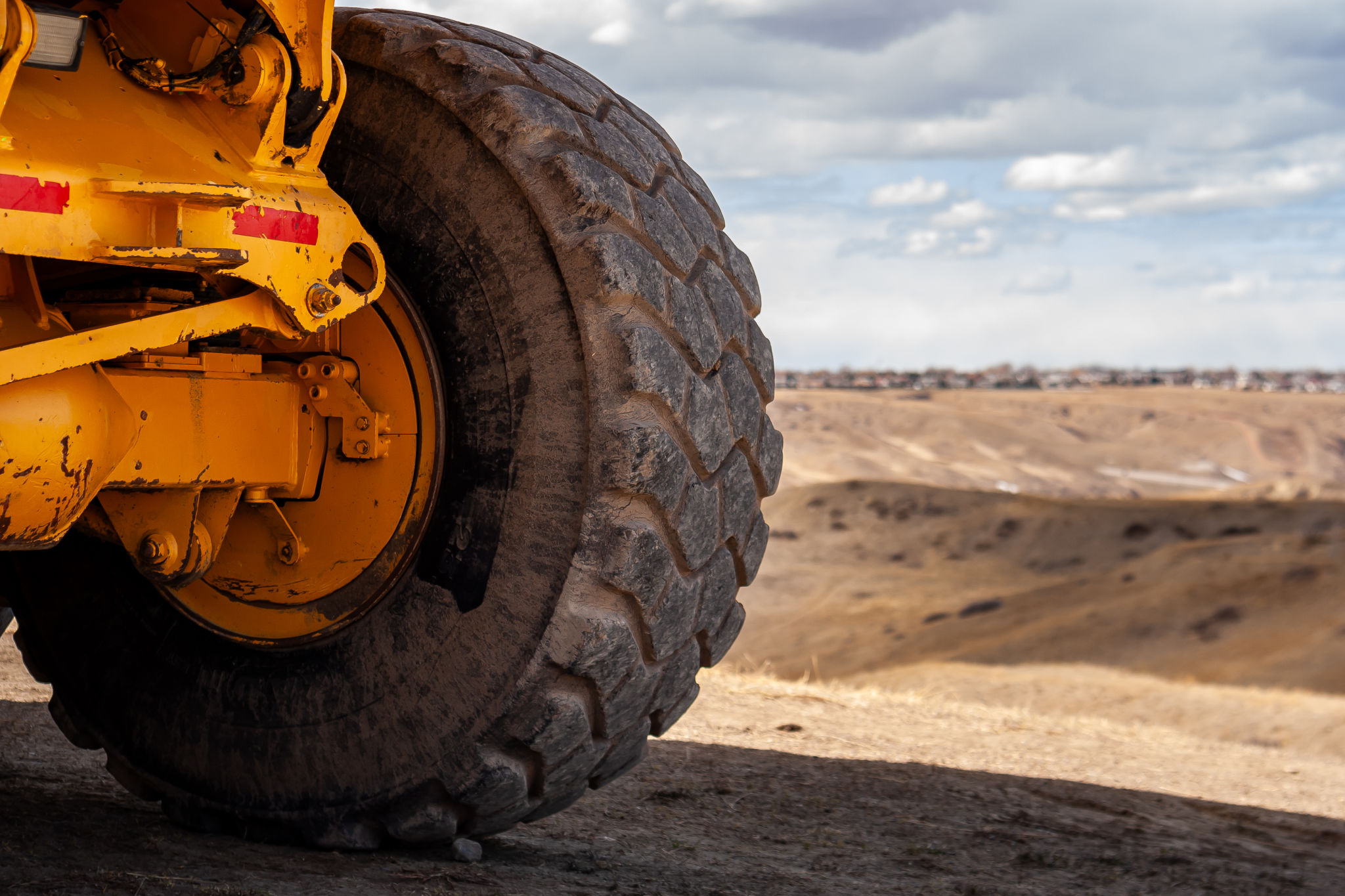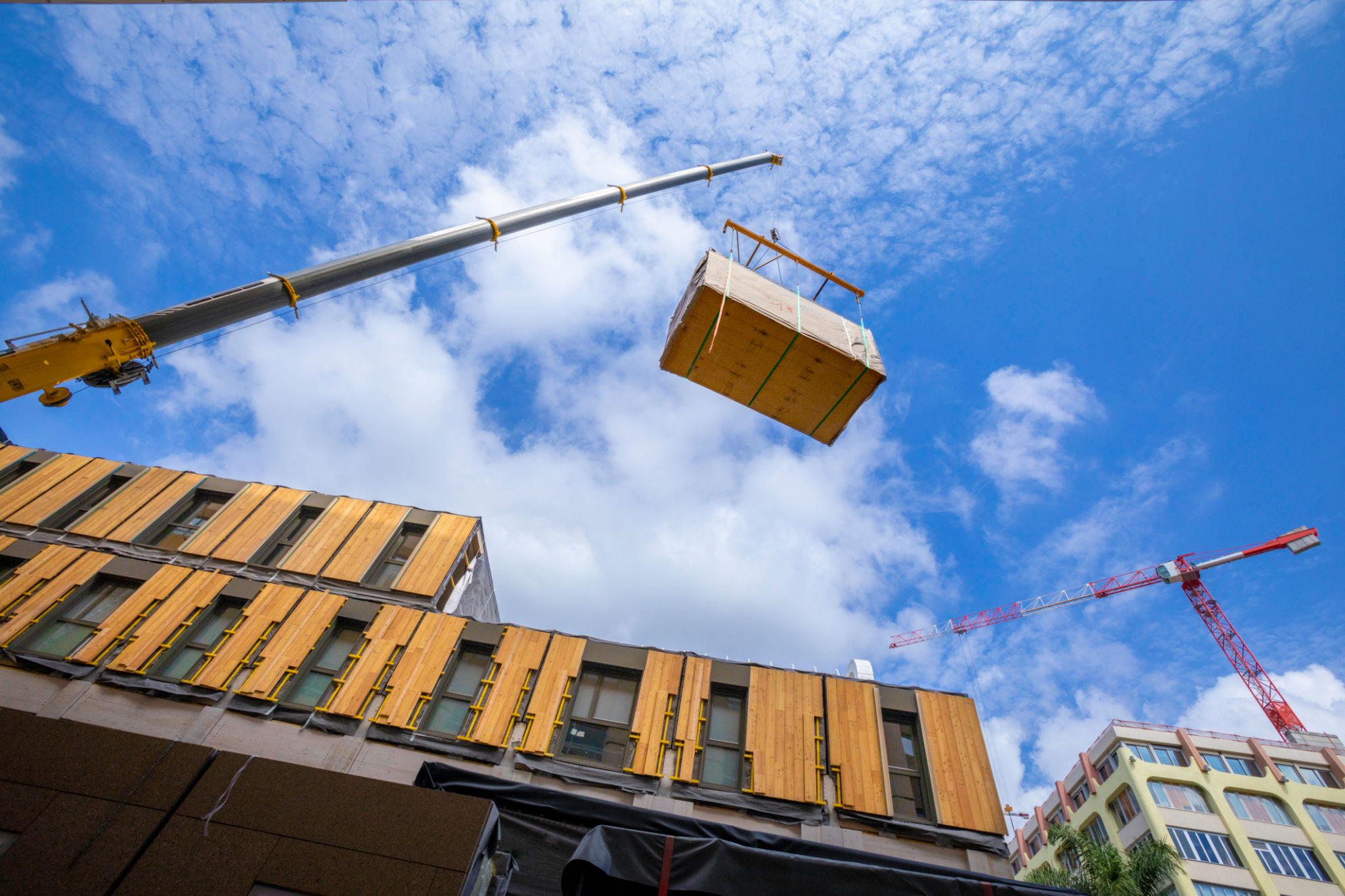Top Construction Industry Trends Shaping the Future of Equipment
Embracing Technological Advancements
The construction industry is undergoing a significant transformation, driven by technological advancements that are reshaping the future of construction equipment. One of the most notable trends is the integration of the Internet of Things (IoT) in construction machinery. This technology allows for real-time data collection and remote monitoring, providing insights that enhance productivity and reduce downtime.
Another exciting development is the use of autonomous equipment. Self-operating machines are becoming more prevalent, offering increased efficiency and safety on construction sites. These machines can work tirelessly, reducing labor costs and minimizing human error.

Green Building Initiatives
Sustainability is a growing concern in the construction industry, and equipment manufacturers are responding by developing eco-friendly machinery. Electric and hybrid construction equipment are gaining popularity as they reduce carbon emissions and noise pollution.
Moreover, companies are investing in sustainable materials and processes. This shift not only helps in reducing environmental impact but also complies with stringent regulations and meets the increasing demand for green buildings.

Enhanced Safety Measures
Safety is paramount in the construction industry, and modern equipment is incorporating cutting-edge technologies to enhance it. Wearable technology, such as smart helmets and vests, is being used to monitor workers' health and safety in real-time.
Additionally, the integration of advanced sensors in machinery helps in identifying potential hazards, ensuring that operators can take preventive measures promptly. These innovations are crucial in reducing accidents and improving overall site safety.

Modular Construction Techniques
Modular construction is becoming a game-changer in the industry. This method involves prefabricating building sections off-site, which are then assembled on-site. It results in faster project completion times and often leads to cost savings.
As modular techniques gain traction, equipment designed specifically for this type of construction is also evolving. Cranes and transport machinery are being optimized to handle modular components efficiently, further streamlining the building process.

Conclusion
The construction industry is at a pivotal moment, with these trends driving significant changes in how projects are executed. As technology continues to advance, equipment will become more sophisticated, sustainable, and safer. Companies that embrace these trends will be well-positioned to thrive in a rapidly evolving landscape.
Staying informed about these developments is crucial for stakeholders at all levels of the industry. By leveraging these innovations, businesses can enhance their operations and contribute to a more efficient and sustainable future for construction.
